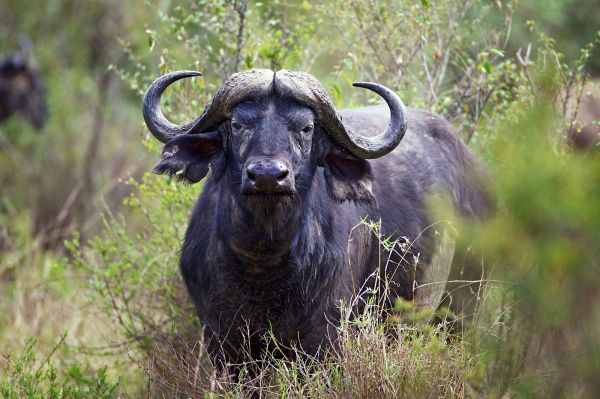
Matt O'Keeffe
Editor
Buffalo, blueberries and other strange bedfellows

While we do not have detailed economic or physical analysis on the potential impacts of a major rewetting programme, there can be little doubt that it will affect many thousands of farms. Not just to farms, or parts of farms, that could be rewetted voluntarily, but also to farms both upstream and downstream from those rewetted lands. Equally, there are implications for farms on the periphery of public peatlands, mostly under Bord na Mona jurisdiction. Individual farms are a relatively recent construct and are interdependent; they share a common land base and what happens on one farm often has consequences for neighbouring lands. It is hardly fair that significant actions taken on one farm or land base should have a detrimental impact on surrounding lands, especially if those affected landowners who are not involved in a rewetting programme would not have the comfort of being financially compensated for the potential damage to the productivity of their farms. Ultimately, these issues may only affect a minority; nevertheless, they should be addressed in advance. Otherwise, the law of unintended consequences will cause much disruption and uncertainty.
At least we have some indication of what farmers impacted by a widespread rewetting programme on peat-based agricultural lands can look forward to in terms of how they can manage their farms and the kinds of enterprises they may be able to operate. (A health warning should be issued before anyone reads further into this paragraph). At last, the self-styled environmental experts as well as some dangerously maverick public representatives, have partially answered questions as to what farmers should use their land for, in a new era where traditional food production practices are no longer acceptable or, if rewetting becomes commonplace, are not practical. Dexter cattle are suggested as one alternative. Currently a minority interest, Dexters have the merit of being lighter and would do less damage on rewetted soils though, even then, a few months of light grazing is probably the totality of their usefulness. They do bring a new interpretation to the increasing demand for lighter carcasses. Blueberry production has also been proposed. There is certainly some market potential for berry production and blueberries have the merit of liking acidic soils. Probably the most exotic proposal is the introduction of Water Buffalo on rewetted soils. Buffalo mozzarella cheese production is a high margin enterprise, I am told. Water Buffalo do like to bask in ponds and marshlands. However, they also need dry land to graze on so that they can produce that high value milk. Heavy beasts ploughing their way through grassland with the water table a few centimetres below the surface, are hardly conducive to a viable milk production enterprise, be it Water Buffalo or Friesian cows.
Meanwhile, the launch of the review of the Environmental Impact Assessment (EIA) Agricultural Regulations has farmers scratching their heads in bewilderment. A six-week consultation process may deliver some clarity, but farmers need to be aware that changes to farm structure – including realigning of hedgerows or walls or levelling hilly parts of fields – may not be possible in future, certainly without ever closer scrutiny from relevant authorities. Bringing unproductive or abandoned land into food production could be increasingly frowned upon, to say the least. Drainage or renewal of existing drains on agricultural lands may be challenging in future, not because of cost or infrastructural impediments but because this EIA review could result in some prohibition of such activities.




